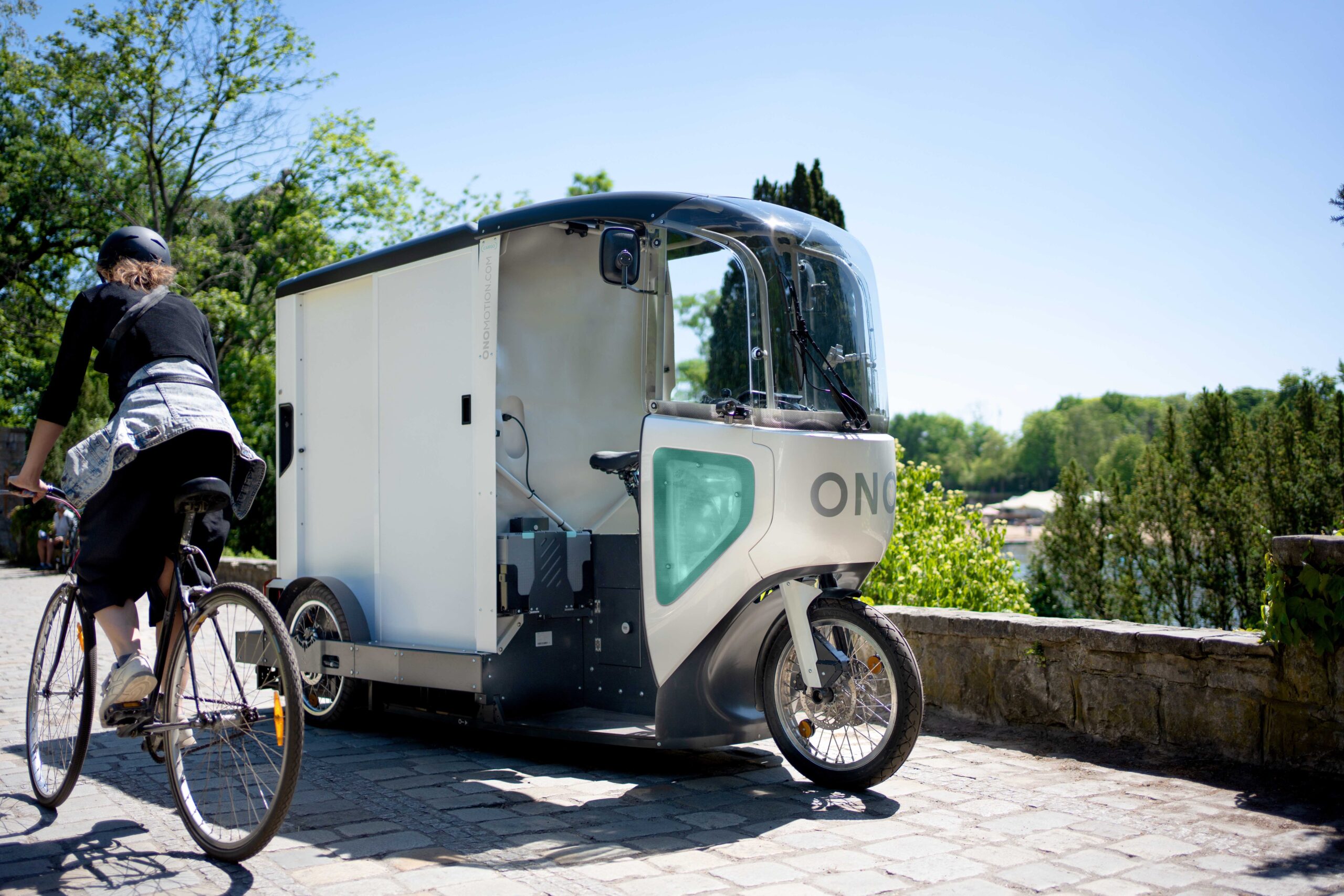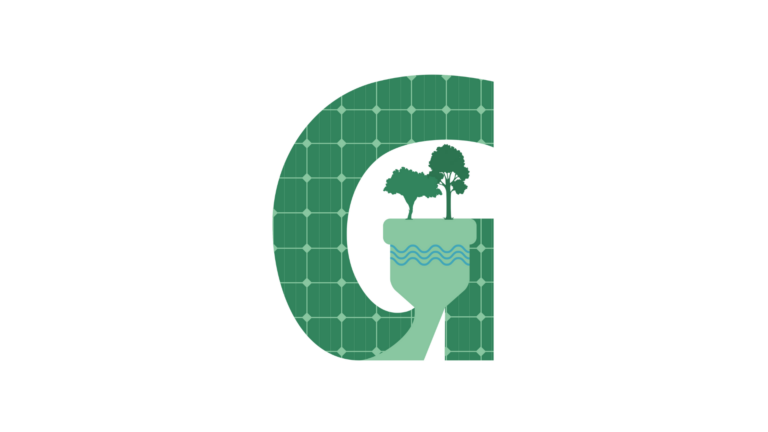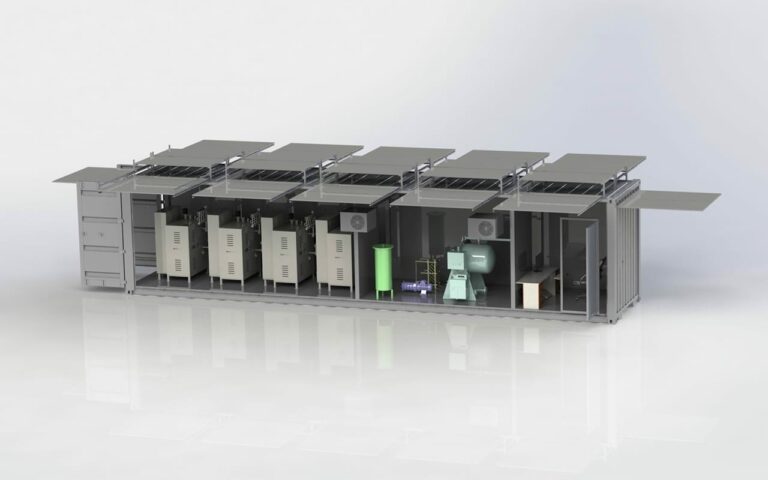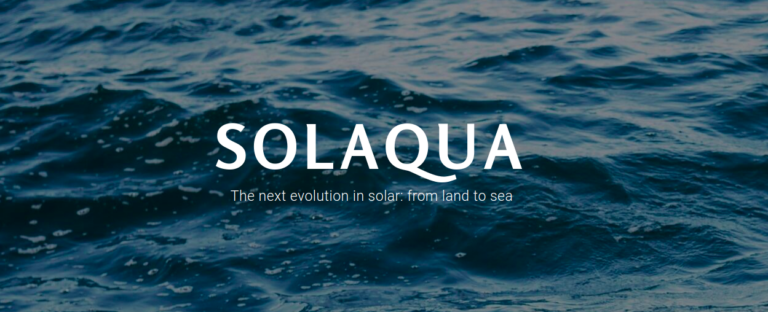ONOMOTION – The E-Cargobike (R)evolution
Delivery services are performing at an all-time high and are still growing: In the EU, home delivery is expected to reach a 30% share of all retail sales by 2030. So far, urban shipping is mostly done by trucks, which not only consume a lot of fuel but also block space, get stuck in traffic jams, and receive parking tickets. With the expected increase in deliveries, these problems will only become more prominent.
The Berlin Startup ONOMOTION took on the challenge of creating a shipping vehicle better suited for inner-city transport: They have combined the bicycle with the car to make a one-of-a-kind vehicle that maximizes efficiency, space, and comfort.
In today’s interview, we speak to Inga Töller, the Chief Growth Officer at ONOMOTION, about their revolution for E-Cargobikes.
How did You Enter the Company?
I joined the company in January 2021 when they started going out to the market, meaning the piloting phase was over. We were there to make the brand and the product known since nobody knew what we were doing: Is it a car? Is it a bike? What is this whole thing that we are at ONO aiming at? Thus creating awareness.
It became exciting to me once the moment arrived to join the company in which I realized, “This can be a great opportunity to create the brand and do marketing for an impact-driven company” – with a great and young team based in Berlin to help this solution become widely known in the market, also outside of the impact-driven startup bubble.
Why did You Start Your Company?
We are founded by Beres Seelbach, Philipp Kahle and Murat Günak. They founded the company in 2016 to create something different to improve the quality of life in the cities, emissionfree, silent and with less space needed. The main idea was to combine the best out of a car with the lightness of a bicycle. In other words, what would you get from combining the best of the car with the best of the bicycle? Is there an emission-free, smaller, lighter way to move through the cities? The vision of the three revolves around making cities more livable. We know that cars, on average, are 98% of the day only standing around and wasting space.
So they came up with the idea of a light electric vehicle since it does not need a lot of energy and resources. We started with transporters for logistics because they occupy the most space, and we have grown in e-commerce. Despite this expression of our consumer behavior, we need logistics because logistics keep cities and us alive.
In the next phase, they started to involve the shipping companies directly. They approached big companies like UPS, Hermes, and DPD and asked them what a vehicle replacing a transporter would look like. It came up to be at least two sqm of space, it should be able to trespass the traffic jam – which is why the ONO is a bike and not a car – and also to make it comfortable for the rider: They shouldn’t get wet, so it should have weather protection, and it doesn’t need to be a lot of effort to ride it. Also, it should have a certain flexibility within its body, which is why we have a flexible container system where processes can be changed easily.
All this shaped how this first generation needed to go on the market – by talking to the delivery sector, who wanted us to solve their challenges: Being on time with the customer, not being stuck in traffic, and promoting a positive image via branded vehicles.
What Makes the ONO Unique?
The ONO is a Pedelec 25, which can run up to 25 km/h. It has a paddle-assisted engine, so in terms of right, we are a bicycle, but you also get enough support power by the engine to deal with the 200 kg that can be packed into the two sqm container, and it’s still not a big effort to run it. On the bottom, we do have weather protection and a plate, so you don’t get wet feet – a crucial thing when you want to convince drivers to change from a classical transporter.
Murat Günak, formerly the chief designer of Volkswagen and Mercedes-Benz, created our design. He is really into design, and design is essential since people would only adapt to new options if they really love its design. We also need to create a design that people can understand: The design of the vehicle has to be chosen to be very light and friendly for optical purposes and also so that we can use the cycling infrastructure. So this is one of the main ideas in the end: We are more flexible about which route to choose, and the design makes it easier for people to adapt.
What are the Biggest Challenges?
It is still quite a challenge for people who used to ride a transporter to change to this bicycle-like vehicle, and people might initially feel reserved about it. Also, getting the acknowledgment of fleet managers and integrating the ONO in existing fleets to create effective mixed fleets is a challenge. The integration process also means that there needs to be maintenance routines – just like for cars – and to consider the potentially different recruitment processes. However, we are optimistic since the ONO has the advantage that no driver’s license is needed, making it possible to address a new group of people during the recruitment process.
Another challenge is also the side of political development: We have to watch policy development closely to decide where to go next. Legislative periods are comparably short, and a change of government can change policy in favor of or against bicycle-friendly infrastructure, thus making the ONO more or less attractive in the respective area.
Expanding to other countries, we have to ensure that the proper infrastructure, including technical service staff, exists so that we can provide an excellent customer experience wherever we go.
What are Your Future Plans?
Generally, we grow city by city rather than country by country. We enter when the city has a need and the customers approach us, meaning when the classical delivery becomes more difficult due to restrictions, the need for the companies to change becomes more imminent. Big cities like Paris or London have penalized people for entering the city by car. A big need is there in centralized cities with part of the city center being closed for traffic: Then our solution solves the problem of reaching all the parts of the cities, which is otherwise not possible.
We want to make the ONO the electric cargo bike that can be used all over Europe in the bigger cities and create awareness in all other possible branches of logistics: Health care, facility management, and many more. It also creates awareness to integrate the ONO into existing fleets, creating awareness for possible drivers. When we look into the future and if we go in the direction of electrifying all transport, then we still have not won back any space back: The vision of ONO is not only to provide an eco-friendly solution but also to make an impact on the cities in terms of space and how we live in the cities.
At the end of last year, we started to go to the UK, where we are working with a partner, Ecargobikes, who’s also provide us with technical service, onboarding, and piloting, which is great. We also started operating in Belgium and Austria this year. Our current focus is to grow these markets and then slowly expand to other markets.
Whom to Contact?
Are you feeling inspired by this exciting idea and eager to explore more? Reach out to Inga for a delightful discussion, or simply visit their website to learn more about the project.






